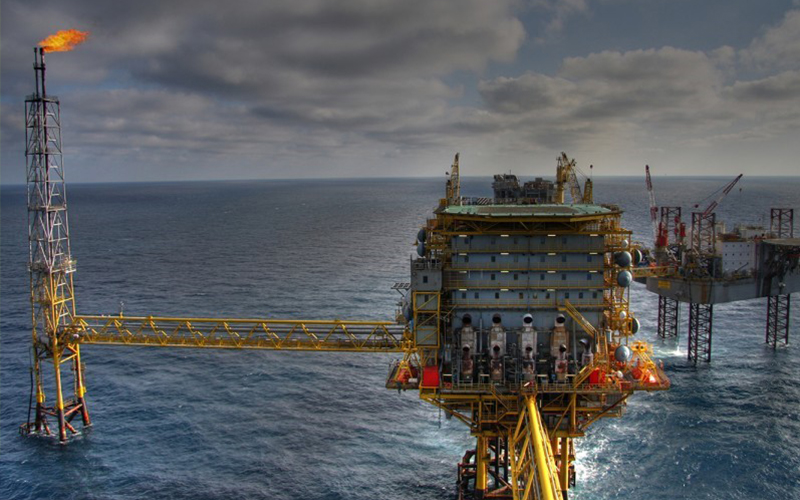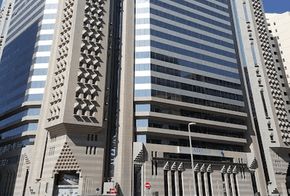The Importance of Condition Based Monitoring in the Oil and Gas Industry
- June 13, 2022
- Posted by: Velosi Author
- Categories: Asset Integrity, Insights

The Importance of Condition Based Monitoring in the Oil and Gas Industry
The term condition-based monitoring (CBM) refers to a type of asset monitoring using different types of sensors to continuously monitor the condition of assets. This technique uses data extracted from sensors to monitor assets in real time, as a type of predictive maintenance, sensors are used to monitor an asset over time while it is operating. CBM states how maintenance should only be performed when certain thresholds have been reached or indicators indicate a decrease in performance or imminent failure. This is monitored by collecting data, establishing trends, failure predictions, and the remaining lives of assets are calculated.
Why Is CBM Important?
Condition-based monitoring is also said to be a proactive, preventive approach that can be used to detect and prevent failures before they occur. The importance is clearly justified in how it helps in reducing the downtime of equipment and be performed with minimal human intervention, reducing the number of false alarms. CBM should be used for better quality and efficiency. The Condition Based Monitoring (CBM) solution lets you monitor the assets continuously in order to detect potential problems early.
CBM Strategy
Condition-based maintenance (CBM) is a maintenance strategy that relies on the use of predictive analytics to schedule and prioritizes maintenance activities. The process starts with collecting data from the system, data is then used to generate a prediction model that identifies the system’s condition, which is then matched against an optimal condition. This model is then used to predict when certain components will fail so that preventive measures can be taken before any negative situation arises. Despite being an expensive tool, CBM has the advantage of being able to work while the equipment is in operation without causing any disruptions.
Benefits of Conditioned Based Monitoring
- Increased uptime/reduced downtime
- Reduction or elimination of unplanned failures
- Low maintenance costs
- Increased asset life
- A downfall in collateral asset damages
- Greater ease in prioritization, scheduling, and planning of work orders
- Higher efficiency rate of maintenance practices and management
Figure 1 Velosi, benefits of CBM
Effective Asset Performance
To ensure optimum equipment uptime, predictive maintenance focuses only on the tasks that are actually necessary. Essentially, it means that maintenance will be triggered when assets meet certain required conditions. Condition-based monitoring can reduce maintenance costs by extending the time between shutdowns, as maintenance is only carried out when necessary. In order to cut maintenance costs and maximize asset utilization, manufacturers opt for real-time continuous monitoring and predictive maintenance solutions that provide real-time, continuous, condition-based monitoring. In depth, predictive maintenance systems can unlock significant cost savings and provide productivity gains, given that unscheduled downtime can amount to nearly a quarter of manufacturing costs.
The oil and gas industry is one of the most significant industries in the world. It is an industry that needs to be managed very carefully and encounters a lot of challenges which include managing risks, meeting the needs of customers, and managing operations. CBM is a must for the oil and gas industry as it provides a wide range of assistance in risk management, meeting customer needs, and operations management.
Types of CBM
Among the types of condition-based monitoring that are familiar include vibration monitoring, oil analysis, electrical monitoring, temperature tracking, and measurement.
Vibration Monitoring
Depending on how assets respond to vibrations, maintenance may be necessary. Vibration monitoring and analysis include various techniques, such as shock pulse analysis and broadband vibration analysis. Vibration monitoring is commonly used to detect and assess rotational and structural issues, including imbalances and misalignments.
Oil Analysis
The method involves testing lubricants and other fluids to learn about the fluid and the equipment. We can perform wear particle tests, evaluate water contamination, calculate viscosity, and more. Contaminants in lubricants and other fluids might indicate future potential failures.
Electrical Monitoring
Measurements of degradation trends in the electrical system are often used in this method to prevent asset failure in the future. Induction, pulse and frequency response, capacitance, and resistance can be tested and used to detect faults using electrical parameters. This type of method routes out preventative measures regarding asset failure.
Temperature Tracking and Measurement
This method consists of simple temperature measurements as well as more advanced thermographic techniques that involve passive or active methods. The presence of excessive heat, or any other kind of thermal anomaly, usually indicates some type of lubrication or alignment issue. A thermography camera detects heat emitted from assets, and analyzing these images can identify worn parts or areas of potential failure.
CBM Solutions
The best CBM solutions in the market are not just about automation. They are also about integration and data management. This is because there are many different systems in an industry (such as oil and gas) that need to be integrated for the process to be streamlined. IIoT (Industrial Internet of Things) has changed the way condition-based monitoring can be performed. Sensors installed on assets are capable of performing ongoing vibration and oil analysis as well as monitoring temperature changes. When indicators of decreasing performance or imminent failure are detected in a sensor, an IIoT solution notifies the maintenance team of the change in asset condition, this enables maintenance teams to respond to the issue and perform the necessary maintenance instantly.
IIoT and Condition Based Monitoring allows maintenance teams to identify potential breakdowns and take action before they occur. By taking the asset offline for a time, maintenance teams prevent major failures, and it is better to replace a worn part for a short period of time rather than to suffer a major failure that places an unknown amount of downtime on the assets.
Figure 2 IIOT, tibco.com (source)
To conclude, Asset monitoring leads to fewer failures, which in turn makes the equipment more reliable and more efficient. With better knowledge of their assets, maintenance teams can make more confident maintenance decisions. By preventing unexpected breakdowns in advance, planned repairs can prevent breakdowns, so the company can focus on other priorities such as asset performance, energy efficiency, production output, and more.
Please contact us for more information and assistance.




